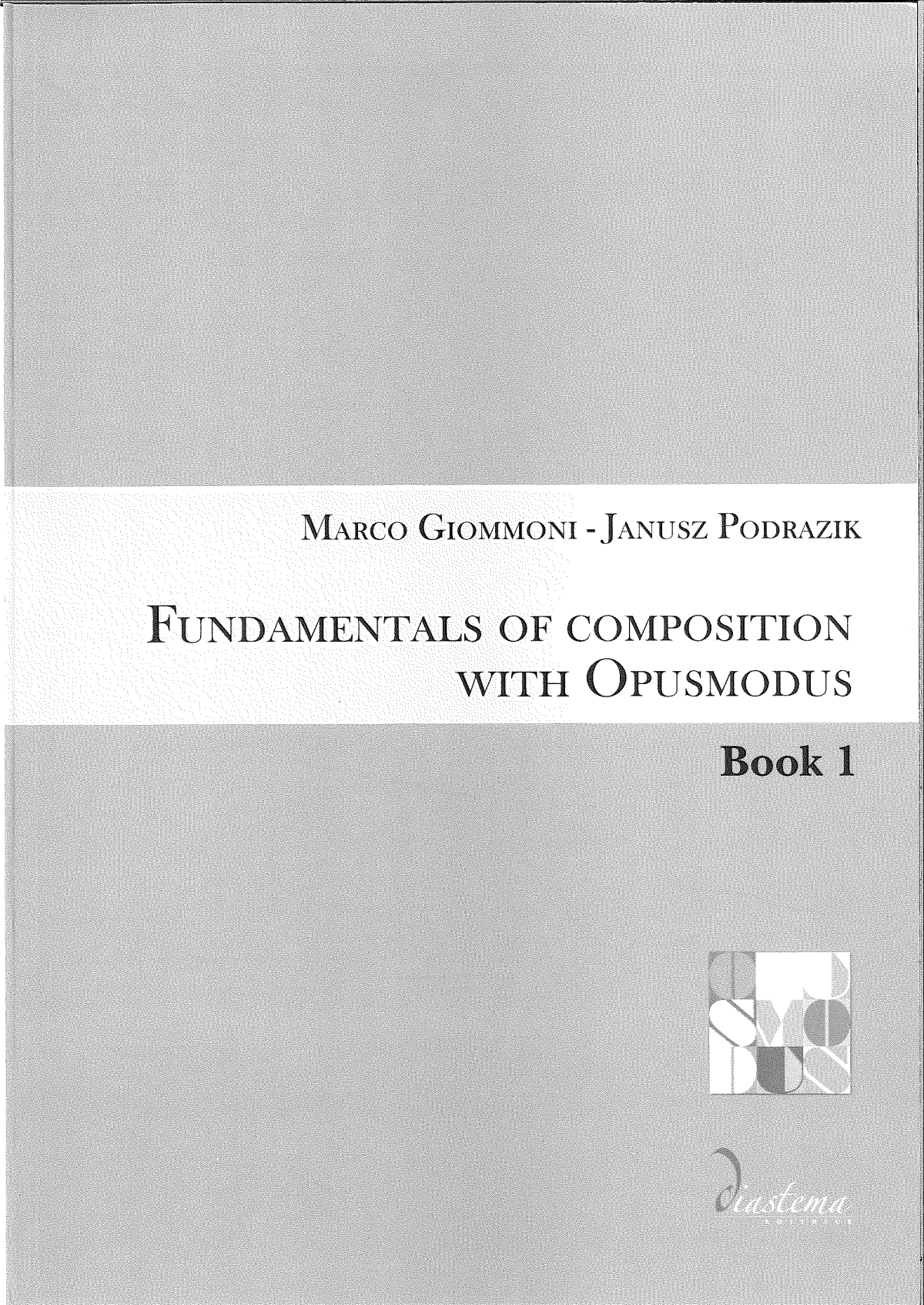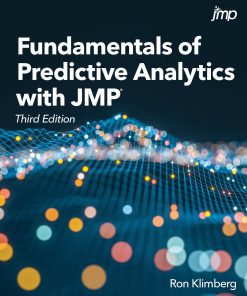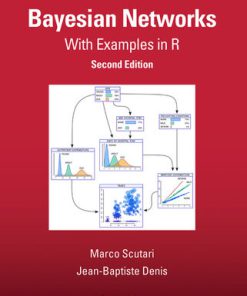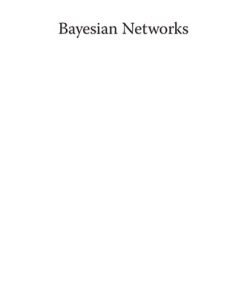Fundamentals of Composition with Opusmodus 1st Edition by Marco Giommoni, Janusz Podrazik ISBN B09G9RSK74 979-1280270078
$50.00 Original price was: $50.00.$25.00Current price is: $25.00.
Fundamentals of Composition with Opusmodus 1st Edition by Marco Giommoni, Janusz Podrazik – Ebook PDF Instant Download/Delivery: B09G9RSK74 979-1280270078
Full download Fundamentals of Composition with Opusmodus 1st edition after payment

Product details:
ISBN 10: B09G9RSK74
ISBN 13: 979-1280270078
Author: Marco Giommoni, Janusz Podrazik
Fundamentals of Composition with Opusmodus is a comprehensive guide designed for musicians, composers, and music technologists who want to explore the power of algorithmic composition using Opusmodus, a leading software tool for contemporary music creation. This book is ideal for both beginners and advanced users, offering a step-by-step approach to mastering Opusmodus and applying its capabilities to compose music efficiently and creatively.
The book begins with a clear introduction to Opusmodus, guiding readers through the installation process and initial setup. It covers the basics of using the software’s interface, allowing users to quickly start creating their own compositions. As the guide progresses, readers are introduced to a wide range of techniques, from the fundamentals of music theory and notation within Opusmodus to more advanced topics such as algorithmic composition, rhythmic programming, dynamic automation, and orchestration.
Fundamentals of Composition with Opusmodus 1st Table of contents:
Introduction
- What Is Opusmodus?
- Overview of Opusmodus as a Composition Tool
- The Integration of Technology and Music Composition
- Purpose of This Book and How to Use It
Chapter 1: Getting Started with Opusmodus
- Installing and Setting Up Opusmodus
- Interface Overview: Navigating the Software
- Understanding the Workspace and Main Features
- First Steps: Creating and Saving a New Project
Chapter 2: Introduction to Musical Notation and Opusmodus
- Basic Music Theory: A Refresher
- Notation Types in Opusmodus: Staff, Graphic, and More
- Creating and Editing Notes, Rests, and Symbols
- Understanding Time Signatures and Key Signatures
Chapter 3: Programming Your First Composition
- The Basics of Writing Music Using Opusmodus
- Introduction to the Opusmodus Programming Language
- Creating Simple Melodies and Rhythms
- Setting Parameters for Your Composition
- Exporting and Rendering Your Composition
Chapter 4: Using Opusmodus for Rhythm and Meter
- Complex Time Signatures and Metrical Variations
- Programming Rhythmic Patterns and Polyrhythms
- Working with Swing, Tuplets, and Microtiming
- Advanced Meter and Pulse Control in Opusmodus
Chapter 5: Creating Harmony and Chords
- Introduction to Harmony in Opusmodus
- Building Chords and Harmonic Progressions
- Using Voice Leading and Counterpoint in Opusmodus
- Implementing Non-Traditional Harmony Techniques
- Advanced Harmony Features in Opusmodus
Chapter 6: Instrumentation and Orchestration
- Understanding the Basics of Instrumentation
- Choosing Instruments and Assigning Sounds in Opusmodus
- Orchestrating for Different Ensembles: Strings, Brass, Percussion, etc.
- Working with Opusmodus’ Built-in Instrument Libraries
- Tips for Creating Balanced Orchestration
Chapter 7: Advanced Techniques in Opusmodus
- Using Algorithms for Compositional Structure and Randomization
- Implementing Transformational Techniques (Retrograde, Inversion, Augmentation)
- Creating Complex, Dynamic, and Evolving Forms
- MIDI Implementation and External Software Integration
Chapter 8: Automation and Parametric Control
- Automating Musical Parameters: Dynamics, Articulations, Tempo
- Working with LFOs, Envelopes, and Modulation
- Programming Dynamic Changes and Automation Over Time
- The Power of Scripting in Opusmodus for Dynamic Control
Chapter 9: Analysis and Interpretation of Compositions
- Tools for Analyzing Your Compositions in Opusmodus
- Comparing and Contrasting Sections of Music
- Using Opusmodus for Formal Analysis and Structural Understanding
- Visualizing Music and Data with Opusmodus’ Analysis Features
Chapter 10: Finalizing Your Composition
- Preparing Your Score for Performance or Recording
- Exporting Your Work in Various Formats (PDF, MIDI, Audio)
- Recording and Producing Audio Versions of Your Composition
- Final Touches: Mixing and Mastering with External Software
Chapter 11: Troubleshooting and Common Challenges
- Solving Common Problems with Opusmodus
- Optimizing Performance for Large and Complex Compositions
- Dealing with Software Limitations and Workarounds
- FAQs and Community Resources
Chapter 12: Creative Possibilities and Future Directions
- Exploring New Ways of Composing with Opusmodus
- The Future of Algorithmic and Generative Music
- Experimental Compositional Techniques in Opusmodus
- Expanding Opusmodus Capabilities through Scripting and Plugins
Conclusion
- Recap of Key Concepts in Using Opusmodus
- Encouragement for Continuing Exploration and Learning
- Final Thoughts on Music Composition and Technology
Appendices
- A. Glossary of Key Terms and Concepts
- B. Recommended Resources for Further Study
- C. Code Snippets and Sample Scripts
- D. Index
People also search for Fundamentals of Composition with Opusmodus 1st :
fundamentals of composition
fundamentals of composition with opusmodus pdf
fundamentals of music composition pdf
the fundamentals of music composition pdf
composition fundamentals
Tags:
Marco Giommoni,Janusz Podrazik,Composition with Opusmodus
You may also like…
Reference - Encyclopaedias
Encyclopedia Of Renaissance Philosophy 1st Edition Marco Sgarbi
Computers
Fundamentals of Predictive Analytics with JMP 3rd Edition by Klimberg 9781685800017 1685800017
Engineering - Aerospace Engineering
Fundamentals of Aeroacoustics with Applications to Aeropropulsion Systems 1st Edition Xiaofeng Sun
Computers - Programming
Bayesian Networks With Examples in R 2nd Edition Marco Scutari
Mathematics - Probability
Bayesian Networks: With Examples in R 2nd Edition Marco Scutari
Mathematics
Politics & Philosophy - Sociology











